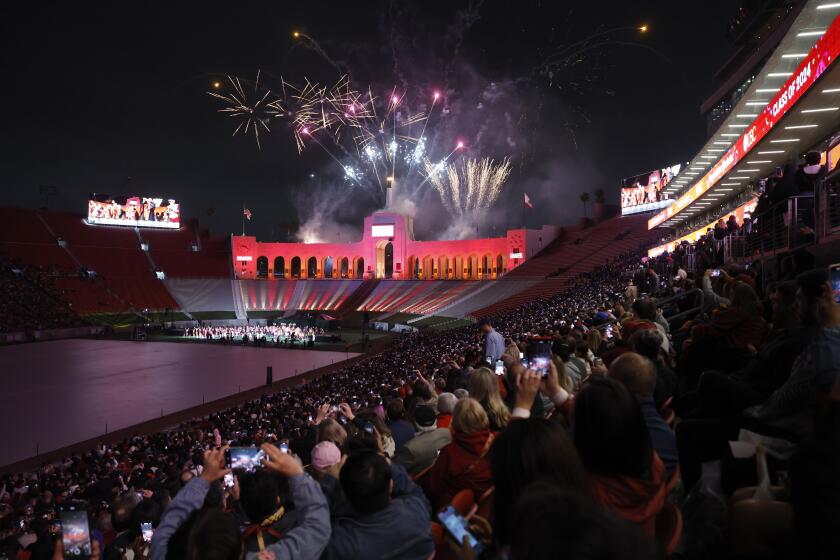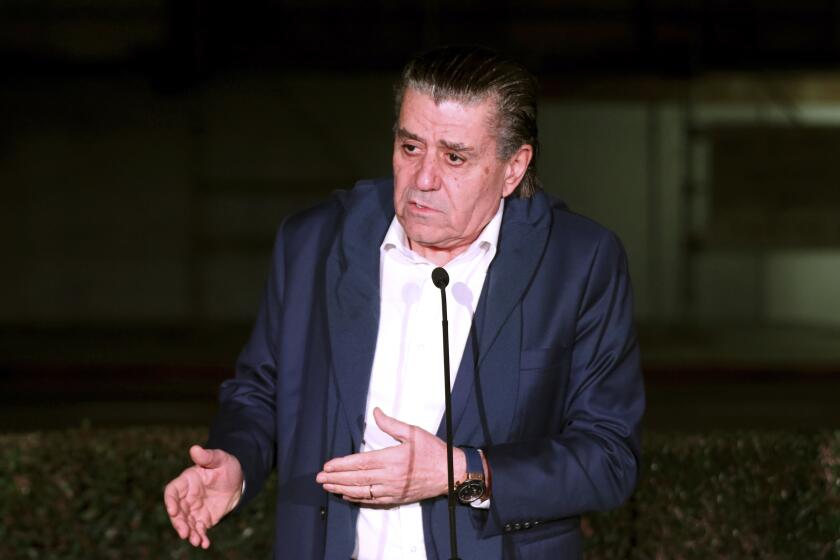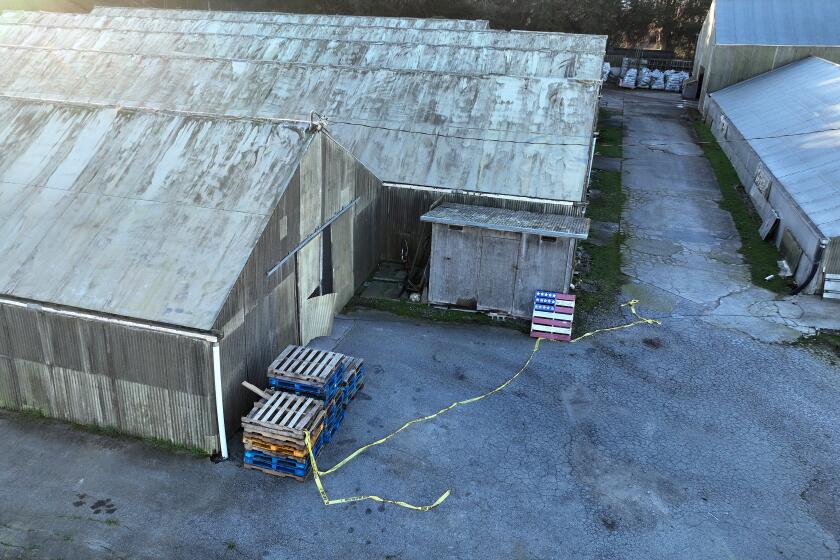Boxer Urges Closer Look at Field Lab Cleanup
A U.S. senator is condemning a Department of Energy decision to conduct a cursory review of cleanup efforts at Rocketdyne’s Santa Susana Field Lab near Chatsworth, saying contamination at the site is so serious that it deserves more intensive and rigorous oversight.
Sen. Barbara Boxer asked DOE Secretary Bill Richardson on Friday to drop plans to conduct an environmental assessment of the cleanup and instead prepare a more comprehensive environmental impact statement on Rocketdyne’s effort to mop up radioactive and chemical contaminants at the lab.
“As you know, environmental assessments are required to provide only a superficial and cursory environmental review of an agency action,” the California Democrat wrote in a letter to Richardson. “By contrast, a thorough EIS would provide a complete review of past cleanup efforts and the development of alternative remedies to mitigate the environmental impact of radioactive and chemical contamination at the site.”
The Energy Department had decided it would prepare a report assessing the cleanup of the hilltop lab just west of Chatsworth. The assessment, to be conducted by a panel of government experts, would gauge Rocketdyne’s cleanup of contamination from decades worth of nuclear and chemical testing.
Boxer maintains the scale of the cleanup and the severity of the contamination warrant an EIS, which would include analyses of methodology and standards and would allow for public involvement in the process.
“It’s the DOE’s call, but Sen. Boxer feels the problems at Rocketdyne deserve the government’s most stringent oversight and regulation,” said Matthew Kagan, a spokesman for the senator. “She wants to be sure that everything is being done to correct these problems and that residents of the area are in fact safe.”
Richardson’s office had not yet received a copy of the letter late Friday and declined comment.
Rocketdyne officials said whatever the Energy Department’s final decision, they would comply and in the meantime will continue with the multimillion-dollar cleanup.
“We feel that we have our arms wrapped around the contamination and are abiding by all state and federal laws regarding the cleanup,” Rocketdyne spokesman Dan Beck said. “But whatever their decision, we will assist them in any way that we can.”
The federal government has so far paid Rocketdyne nearly $60 million to cover the cost of removing radioactive soil, concrete and building materials from a 300-acre swath at the site’s western edge.
According to Rocketdyne officials, nearly all of the site has been decontaminated but another $155 million will be spent to deal with the remaining material.
Attorneys representing nearly 500,000 people in a class-action lawsuit brought against the company said Boxer’s entry into the dispute may bring about a change in the way the issue has been handled.
“An assessment is just another cover-up and that is the last thing the public needs or deserves,” said Barry Cappello, one of the lawyers. “The government has been in bed with them poisoning the air, poisoning the water and poisoning the populace. . . . The only way the truth of this is going to come out and for that to stop is if there is an EIS.”
Rocketdyne designed and tested early rocket engines for nuclear missiles at the Santa Susana site and went on to produce rocket engines for the nation’s space program.
Between the 1950s and 1980s, the company conducted nuclear research under contract for the Department of Energy and the Atomic Energy Commission.
*
In 1956, Rocketdyne began operating a series of test reactors at the site. The research continued through a number of spills and accidents--including a partial fuel meltdown in 1959--until 1989.
It now focuses on designing and testing new rocket engines.
Boxer’s office says she wants to be absolutely sure the cleanup operation is handled expertly, that no corners are cut and that the public’s welfare is regarded as a priority by both Rocketdyne and the Energy Department.
One of her reasons for requesting a stepped-up environmental review is so residents near the lab would be able to participate, which under the current plan is not an option.
“The community surrounding [Rocketdyne] remains skeptical about the objectivity, accuracy, and validity of findings resulting from previous government studies,” Boxer said in the letter. “Many community activists believe the department has not vigorously investigated the true extent of contamination at this site and is most interested in minimizing costs and public disclosure.
“If the department proceeds with its plan . . . these concerns will grow.”
Residents living near the lab supported Boxer’s request, saying they need both the government and company to take extra steps to ensure their safety.
They also believe that because contamination has spread beyond company boundaries in the soil and ground water, it has become a public matter that deserves public input.
“Based on [Rocketdyne’s] past record of not being very forthcoming with the public, I would tend to favor more stringent oversight of the cleanup,” said Willie Lapin, a resident of the Santa Susana Knolls, situated at the foot of the hilltop facility. “I don’t believe there is anything wrong in asking for this . . . I believe this is something the people here deserve.”
More to Read
Start your day right
Sign up for Essential California for news, features and recommendations from the L.A. Times and beyond in your inbox six days a week.
You may occasionally receive promotional content from the Los Angeles Times.






